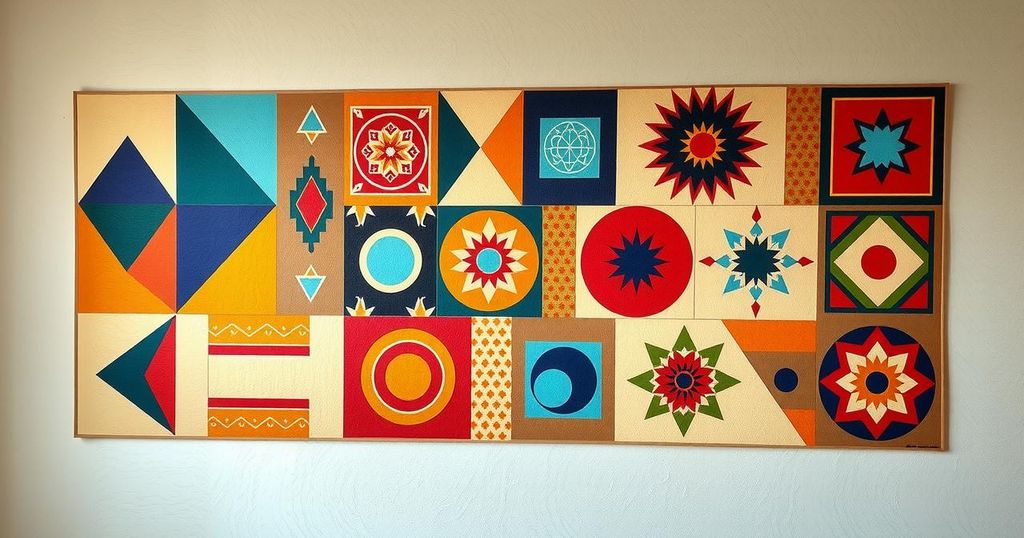Navigating the Humanitarian Crisis at the Egypt-Gaza Border
The article highlights the ongoing humanitarian crisis at the Egypt-Gaza border, where over two million displaced Gazans face severe poverty due to a prolonged blockade and relentless bombardment. Despite modest aid efforts, critical medical evacuations and deliveries remain obstructed, underscoring the need for urgent international intervention. The stories of affected families illustrate the daily struggles for survival amidst these dire conditions.
Hamada Elrasam, an Egyptian photojournalist, highlights the challenging conditions at the Egypt-Gaza border, where human suffering is exacerbated by a prolonged blockade and ongoing conflicts. Over two million displaced individuals in Gaza face extreme poverty due to relentless Israeli bombardments. The situation is critical, with rights organizations condemning the blockade as a danger to human survival, even before the recent escalation of violence that intensified the humanitarian crisis.
The recent blockade has further obstructed vital supplies such as food and medicine entering Gaza. While an initial ceasefire promised some relief, it failed to facilitate efficient aid delivery, leading to many Gazans remaining in dire need of assistance. Elrasam revisits the fragile progress made when relief and critically ill evacuees passed through the Rafah crossing, a location seized by Israeli forces and subjected to strict control.
Among the evacuees is Manal Elkhaldie, a mother struggling to obtain necessary medical care for her daughters. With her family enduring severe health issues amid the blockade, the emergency highlights the urgent need for medical assistance in Gaza, where thousands of patients remain unattended due to severe restrictions and the collapse of the healthcare system.
The initial phase of a truce mandated the evacuation of a mere 50 patients daily, a grossly insufficient number compared to the estimated 14,000 individuals who require immediate treatment abroad. Medical evacuations have been categorized as painfully slow, with many Gazans facing death while awaiting crossing permissions. Concurrently, on Egypt’s side, lengthy lines of aid trucks also await clearance, exacerbating food shortages experienced by the population.
For many families such as that of Mohamed Misbah, the humanitarian aid is a lifeline. However, his own children remained trapped in Gaza due to border restrictions. Reports indicate that two-thirds of buildings in the region are either damaged or destroyed, prompting a coalition of civil society groups to petition international partners to cease military support to Israel, which they associate with ongoing atrocities.
Egyptian aid truck drivers have shared their struggles with crossing delays and restrictions on crucial supplies. An example includes Mohamed Fathy, whose shipment was turned away due to weight limitations, highlighting the bureaucratic barriers impeding aid delivery. Constant blocks of life-saving items for alleged military usage contribute to the health crisis burgeoning within Gaza, particularly among children.
Elrasam illustrates the poignant moments captured during his experiences near the Rafah crossing, including a child waving a Palestinian flag in hope. Such images resonate with the dreams and aspirations of many Gazans yearning for peace and normalcy, encapsulating both the despair and resilience evident in the midst of overwhelming adversity.
The situation at the Egypt-Gaza border illustrates the profound humanitarian crisis resulting from a decade-long blockade and recent military actions. Despite efforts for ceasefire and medical evacuations, the aid delivery system remains inadequately slow, leaving many in dire need without proper medical attention. The experience of individuals like Manal Elkhaldie and Mohamed Misbah shed light on the severe restrictions impacting health and survival while the international response continues to merit scrutiny and action against military support that extends the conflict.
Original Source: mondediplo.com




Post Comment